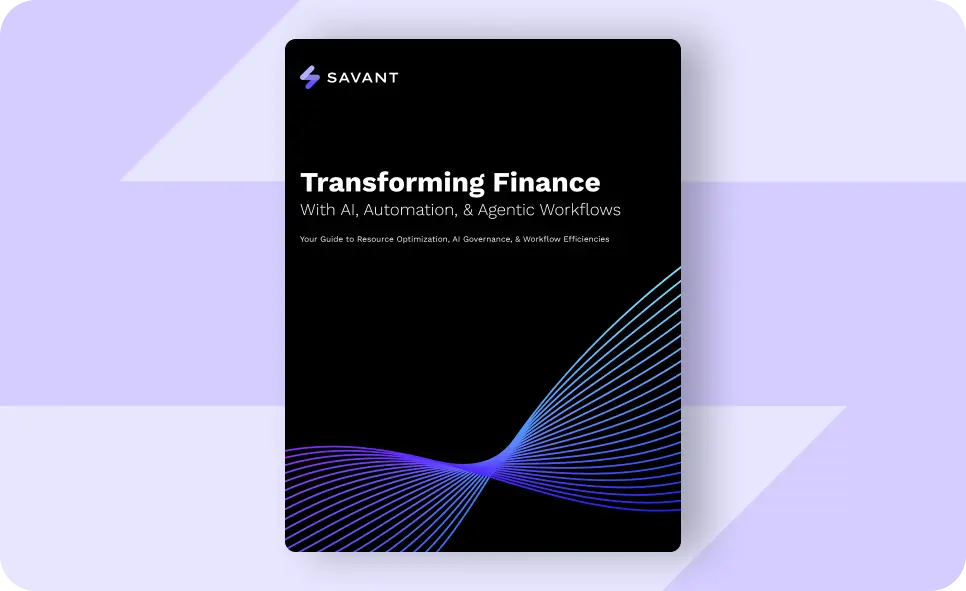What Is Predictive Analytics?
Predictive Analytics uses machine learning and statistical techniques to forecast future outcomes based on historical data. It involves analyzing large datasets and identifying patterns and relationships between variables to make predictions about future events or trends. This allows businesses to anticipate potential outcomes, make informed decisions, and take proactive measures to prepare for the future.
Why Is Predictive Analytics Important?
Predictive analytics has become increasingly important in today’s data-driven world as it helps organizations gain a competitive edge by providing valuable insights into customer behavior, market trends, and business operations. By leveraging predictive analytics, businesses can make data-backed decisions that minimize risks and maximize opportunities.
Moreover, predictive analytics can also help organizations streamline their processes, reduce costs, and increase efficiency. By accurately predicting demand for products or services, companies can optimize their inventory levels and avoid stockouts or overstocking. This can help in significant cost savings and improved customer satisfaction.
Another advantage of predictive analytics is its ability to detect potential risks and frauds. By analyzing historical data and patterns, organizations can identify suspicious activities or anomalies that may indicate fraudulent behavior.

